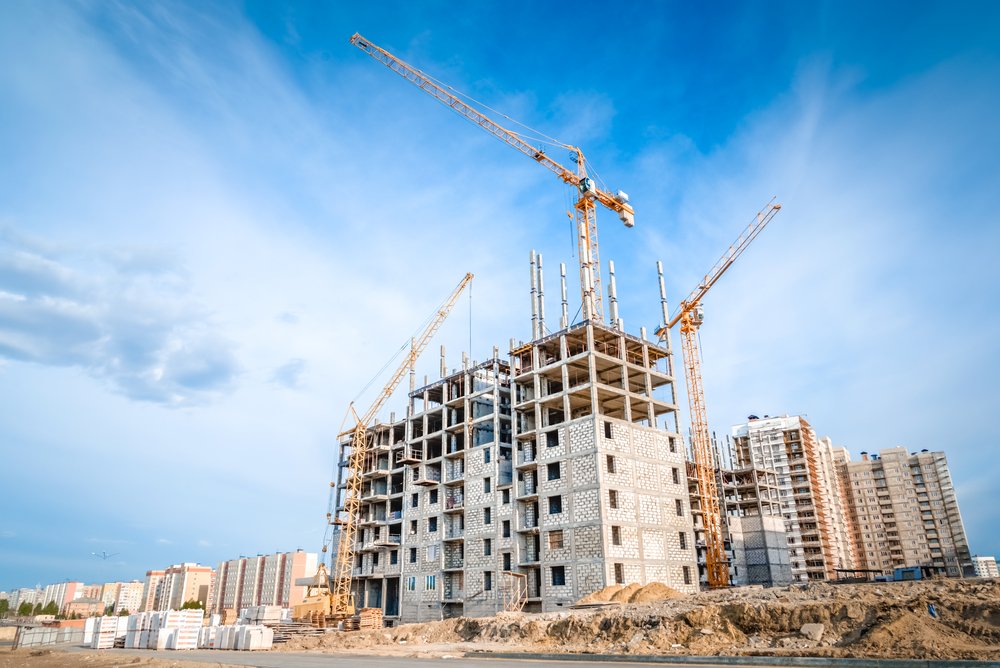
House construction follows a similar process to that of government building construction, but on a smaller scale. Here’s an overview of the typical steps involved in building a house:
Throughout the construction process, effective communication and coordination among contractors, subcontractors, and suppliers are essential to ensure that the project stays on schedule and within budget. Additionally, attention to detail and quality control measures are important to achieve a well-built and durable home.
- Design and Planning: Work with an architect or a home designer to create a design that meets your needs, preferences, and budget. This stage involves deciding on the size, style, layout, and features of the house.
- Site Selection and Preparation: Choose a suitable location for the house and prepare the site for construction. This may involve clearing the land, leveling the ground, and ensuring proper drainage.
- Permitting and Approvals: Obtain necessary permits and approvals from local authorities and regulatory agencies. This includes building permits, zoning approvals, and inspections to ensure compliance with building codes and regulations.
- Foundation: Excavate the site and pour the foundation for the house. The foundation provides support for the structure and helps to distribute the weight of the house evenly.
- Framework and Structural Work: Construct the framework of the house, including walls, floors, and roof. This may involve framing with wood or steel, installing trusses or rafters, and sheathing the exterior walls and roof.
- Utilities Installation: Install plumbing, electrical, and HVAC (heating, ventilation, and air conditioning) systems. This includes running pipes, wires, and ductwork throughout the house and connecting them to municipal services or utilities.
- Exterior Finishing: Apply exterior finishes such as siding, roofing, windows, and doors. This stage gives the house its final appearance and helps to protect it from the elements.
- Interior Finishing: Complete the interior of the house, including insulation, drywall, flooring, trim, paint, and fixtures. This stage involves adding the finishing touches that make the house livable and aesthetically pleasing.
- Fixtures and Appliances: Install fixtures such as sinks, faucets, toilets, showers, and lighting fixtures. Also, install appliances such as kitchen appliances, heating and cooling systems, and water heaters.
- Landscaping and Exterior Amenities: Landscaping the yard and adding exterior amenities such as driveways, walkways, patios, and decks. This stage enhances the curb appeal and functionality of the property.
- Final Inspections and Certifications: Conduct final inspections to ensure that the house meets building codes and regulations. Obtain any necessary certifications or permits for occupancy.
- Move-In and Maintenance: Once construction is complete and all inspections are passed, move into the house and begin regular maintenance and upkeep to preserve its condition and value over time.
